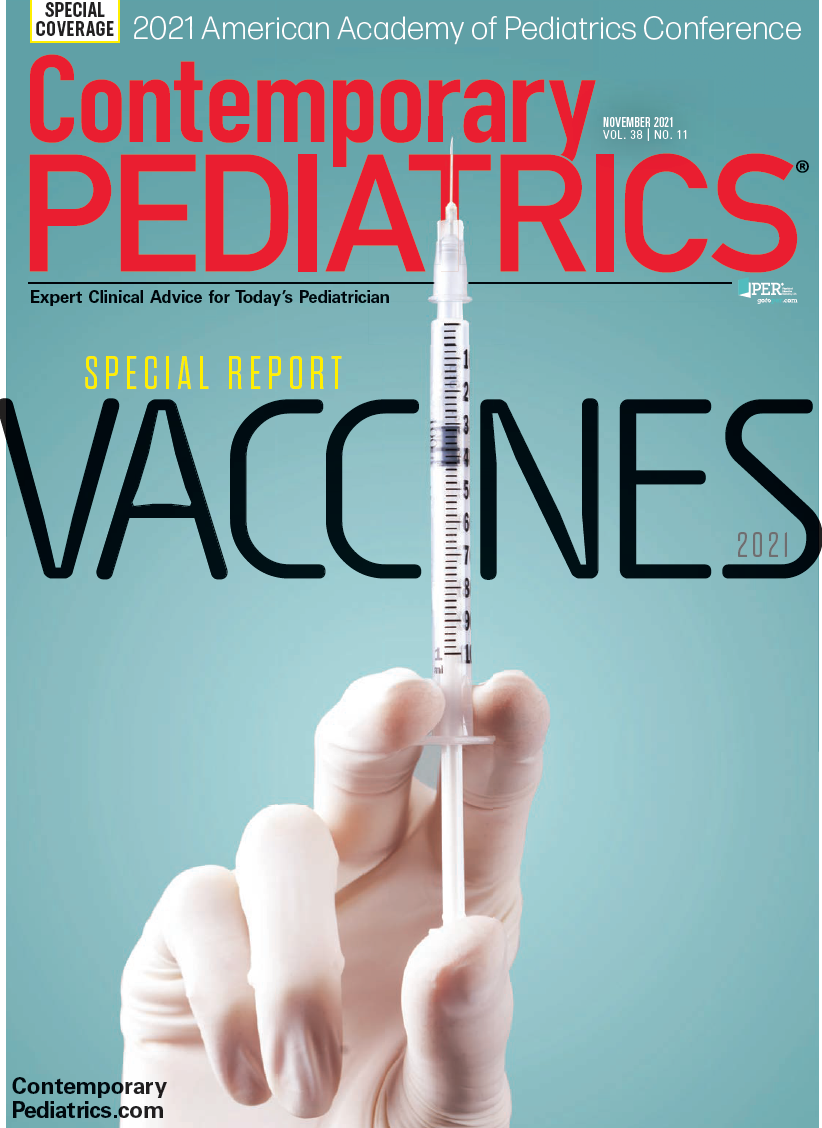Looking at the scalp and nails during a skin exam is key
A presentation from the 2021 virtual American Academy of Pediatrics Conference & Exhibition urges including examination of the scalp and nails during any skin exam.
“Examination of the scalp and nails is an important part of any skin exam,” noted Sheilagh M. Maguiness, MD, associate professor of dermatology and pediatrics at the University of Minnesota in Minnesota at her session, “Common Hair and Nail Conditions in Children.”
Maguiness described a case of tinea capitis, a common fungal infection of the scalp in children. Swollen lymph nodes in the neck (cervical lymphadenopathy) often signal this condition. Confirm diagnosis with a fungal culture prior to treatment, she said, especially because of the “long duration of oral antifungal therapy…up to 4 to 8 weeks, depending on the agent.”
Maguiness also reviewed longitudinal melanonychia, which she described as “brown to black pigmented longitudinal bands in the nail plate [caused by] melanocyte hyperplasia or increased melanin production,” common in African American and Asian children but rare in Caucasians.
Maguiness also discussed congenital malalignment of the great toenails and psoriatic nails, which can cause pitting, onycholysis, and subungual hyperkeratosis. “When children have psoriasis, about 15% to 20% will also have nail findings,” she said.
When it comes to head lice, Maguiness advised practitioners to check the postauricular areas and nape of the neck. “That’s where the nits like to group,” Maguiness said. She outlined available treatments, OTC topicals such as permethrin and pyrethrins, prescription drugs such as topical and oral ivermectin, and topical spinosad.
Maguiness ended with this advice: review dose and duration of therapy for oral antifungal agents to treat tinea capitis; perform a fungal culture of the scalp to help diagnose tinea capitis; and know how to distinguish between several common nail disorders in children.

Recognize & Refer: Hemangiomas in pediatrics
July 17th 2019Contemporary Pediatrics sits down exclusively with Sheila Fallon Friedlander, MD, a professor dermatology and pediatrics, to discuss the one key condition for which she believes community pediatricians should be especially aware-hemangiomas.